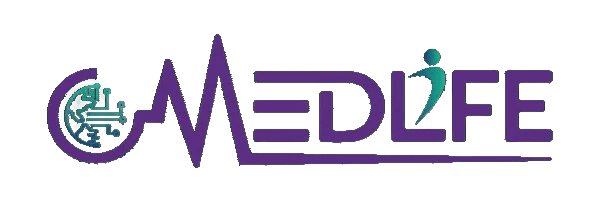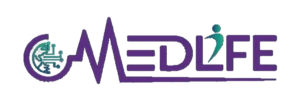Outpatient wound care billing represents one of the most challenging areas of medical billing today. With specific coding requirements, strict documentation standards, and frequent regulatory changes, mastering this specialty can significantly impact a healthcare facility’s financial health.
Understanding the Outpatient Setting Difference
Outpatient wound care billing differs substantially from inpatient services. While the clinical procedures may be similar, the billing mechanisms, documentation requirements, and reimbursement structures vary dramatically. Hospital-based outpatient departments must navigate complex Outpatient Prospective Payment System (OPPS) rules, while physician offices follow different guidelines under the Medicare Physician Fee Schedule.
Key distinctions in outpatient settings include:
- Different payment methodologies based on facility type
- Varied bundling rules for supplies and medications
- Specific revenue code requirements
- Distinct documentation thresholds
For hospital outpatient departments, certain services that would be separately billable in a physician’s office become packaged services under OPPS, significantly affecting potential reimbursement.
Want to Improve Your Wound Care Billing Process?
Get a free consultation to enhance billing accuracy and accelerate cash flow
TALK TO AN EXPERTCritical Codes for Outpatient Wound Care Procedures
The most frequently used CPT codes in outpatient wound care settings include:
- 97597: Debridement of open wound (first 20 sq cm or less)
- 97598: Each additional 20 sq cm of debridement
- 11042: Debridement of subcutaneous tissue (first 20 sq cm or less)
- 97605/97606: Negative pressure wound therapy
- 97607/97608: Negative pressure therapy with disposable system
It’s crucial to understand the distinction between selective debridement (97597/97598) and surgical debridement (11042-11047). The selection depends on the method used, depth of tissue removed, and provider type—not merely the wound’s appearance.
Medicare Wound Care Billing Particularities
Medicare wound care billing has specific nuances that providers must understand. Medicare restricts certain services based on place of service, particularly the deeper debridement codes (11043, 11044, 11046, 11047), which can only be performed in:
- Hospital inpatient settings
- Hospital outpatient departments
- Ambulatory surgical centers
Medicare also applies specific coverage limitations for certain treatments, requiring providers to demonstrate medical necessity through detailed documentation.
Documentation Requirements for Successful Claims
The foundation of successful outpatient wound care billing is thorough documentation. For each wound treatment, records should include:
- Precise wound measurements (length, width, depth)
- Wound bed characteristics (tissue types, percentages)
- Exudate amount and type
- Periwound skin condition
- Treatment performed with specific technique details
- Medical necessity justification
- Healing progress compared to previous visits
Documentation must clearly establish that the service was reasonable and necessary for the patient’s condition. Many wound care billing guidelines emphasize that the depth of tissue actually removed—not the wound’s depth—determines the appropriate code selection.
Overcoming Common Challenges with Strategic Solutions
Healthcare providers face recurring challenges in outpatient wound care billing, including incorrect code assignment, bundling errors, missing modifiers, inadequate documentation, and place of service mistakes. Proper modifier usage (such as 59/XS for multiple wound treatments or LT/RT for anatomical sites) is crucial to avoid claim denials. To address these complexities, many facilities now implement specialized wound care billing software that offers digital wound tracking, automated code suggestions, compliance alerts, EHR integration, and analytics to identify denial patterns. Creating a facility-specific billing reference guide can help staff navigate these common pitfalls and ensure appropriate reimbursement.
Modifier Usage in Outpatient Wound Care
Proper modifier usage is crucial in outpatient wound care billing. Common modifiers include:
- 59/XS: For distinguishing between multiple wound treatments
- LT/RT: Identifying left or right anatomical sites
- KX: Indicating medical policy requirements have been met
- GA: Signifying an Advance Beneficiary Notice is on file
Incorrect or missing modifiers represent a common reason for claim denials, particularly when treating multiple wounds during the same encounter.
Telehealth Wound Care Billing Considerations
The expansion of telehealth services has created new opportunities and challenges in wound care billing. When providing virtual wound assessments, providers must understand the specific telehealth modifiers and place of service codes required. Medicare now permits certain wound care services via telehealth when they involve assessment, monitoring, and patient education, though hands-on procedures remain restricted to in-person visits.
Outpatient wound care billing will continue to present unique challenges throughout 2025 and beyond. Success in this complex specialty requires a multifaceted approach incorporating detailed clinical documentation, precise coding knowledge, technology integration, and ongoing education. Healthcare facilities that invest in specialized billing expertise and establish robust compliance protocols will be better positioned to navigate regulatory changes while maximizing appropriate reimbursement.


